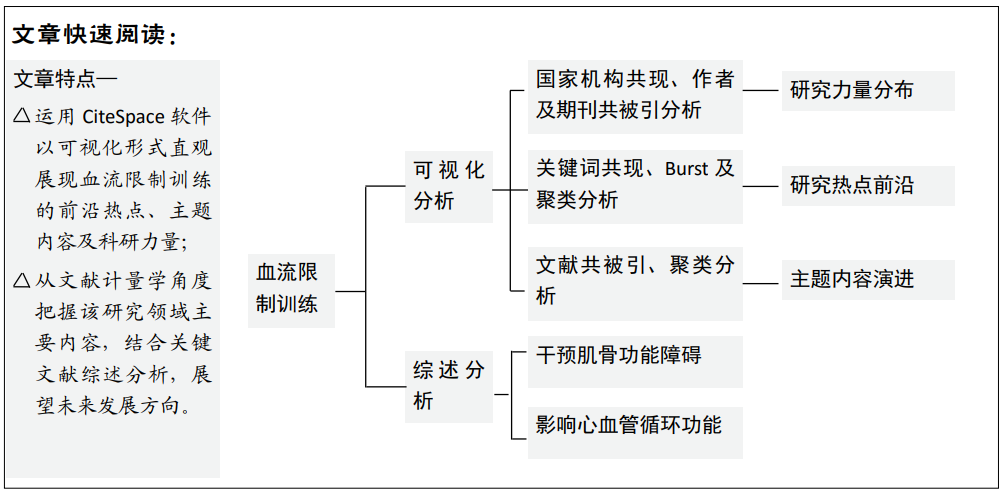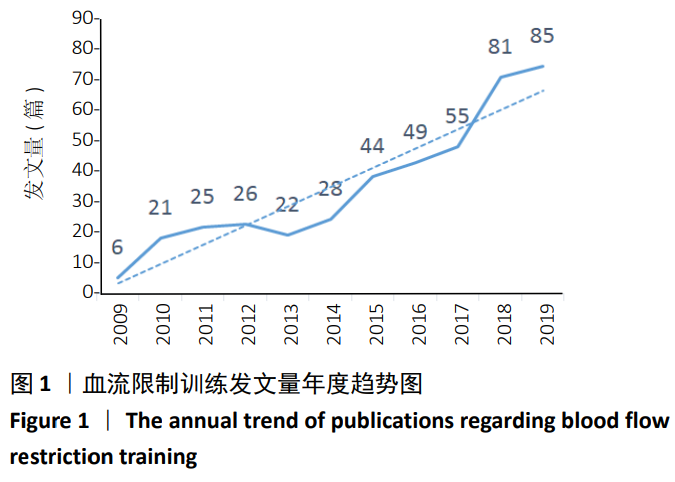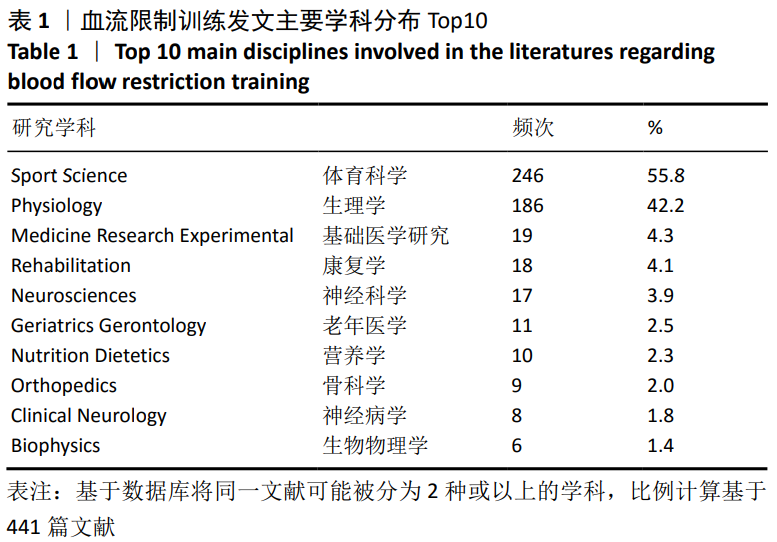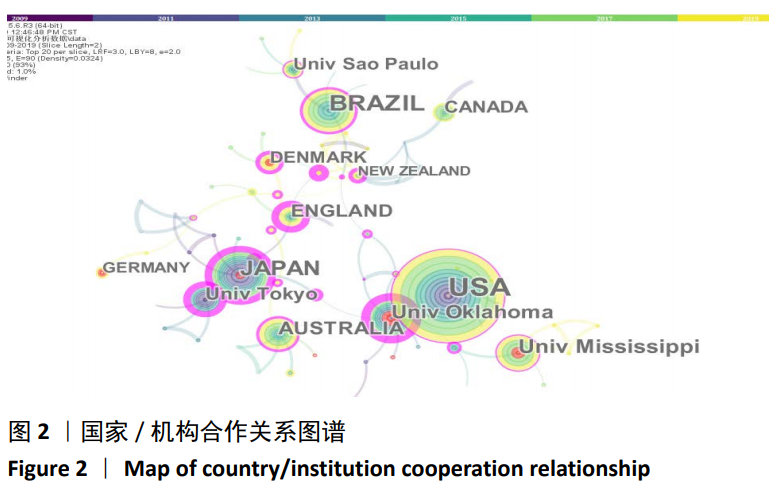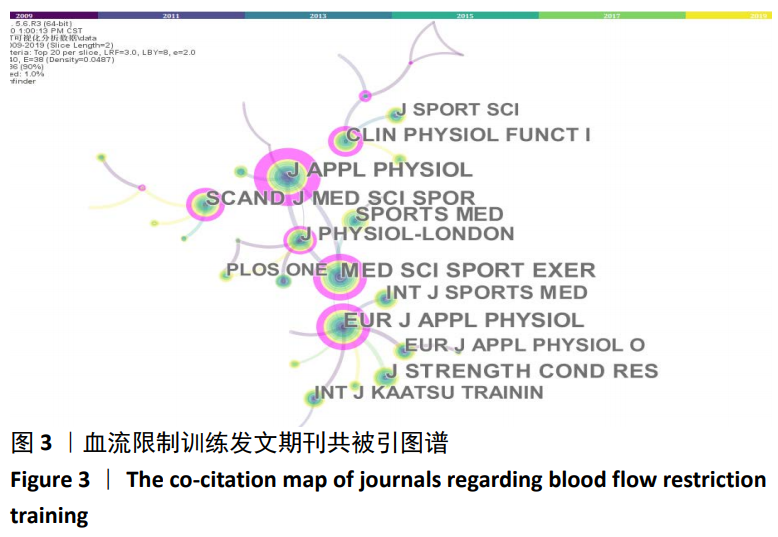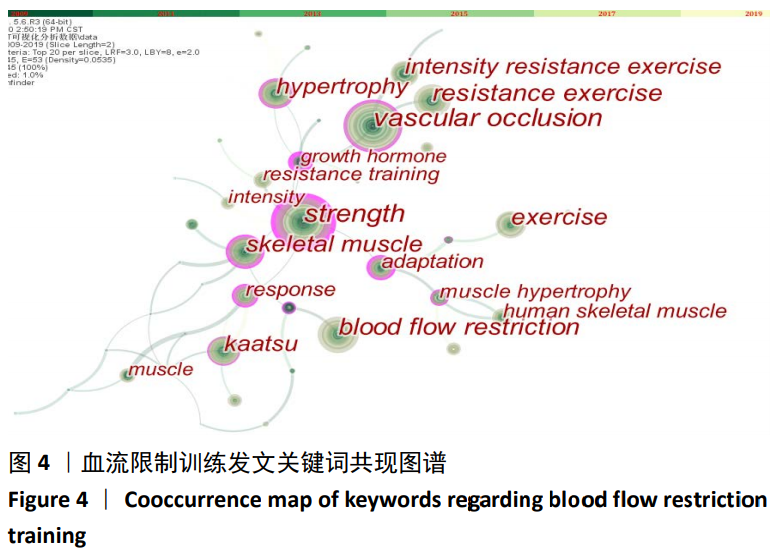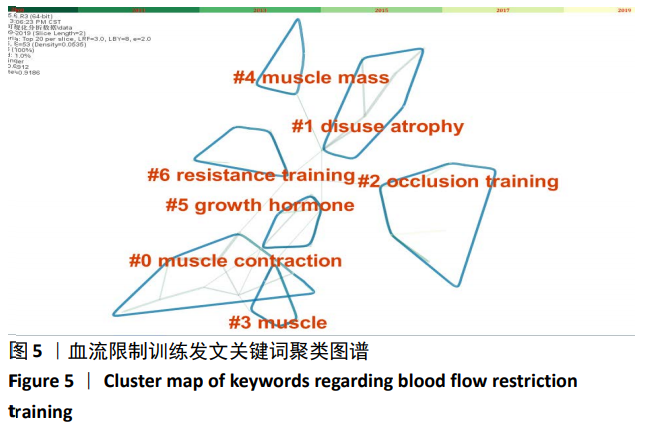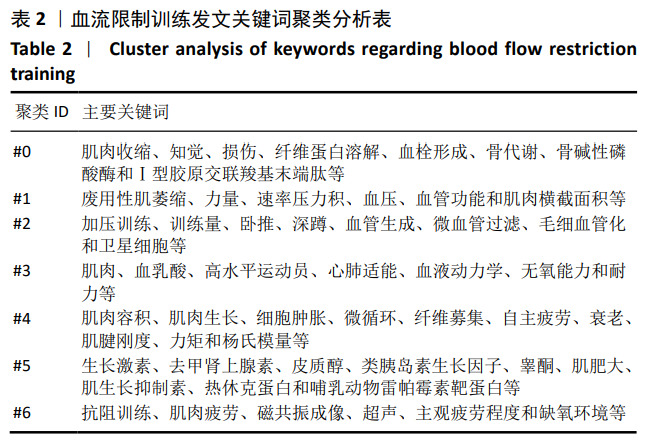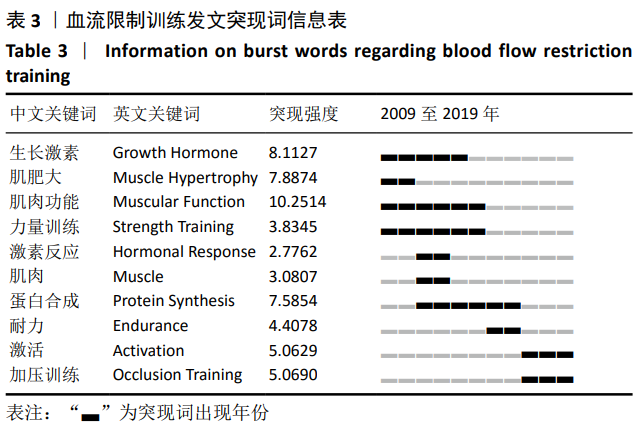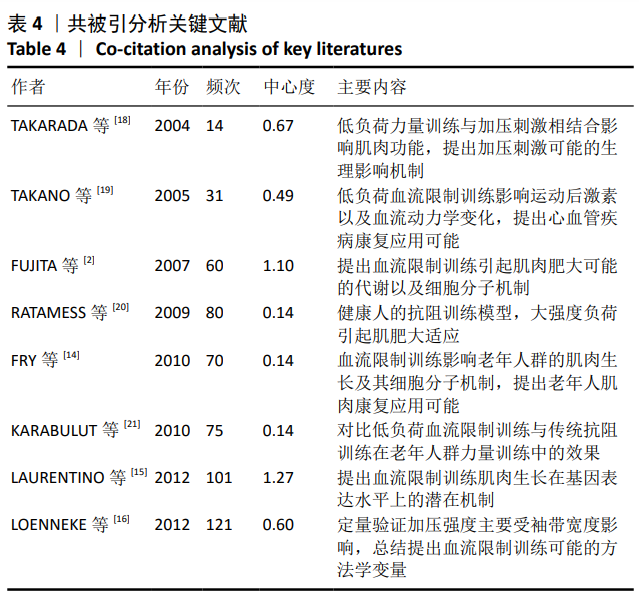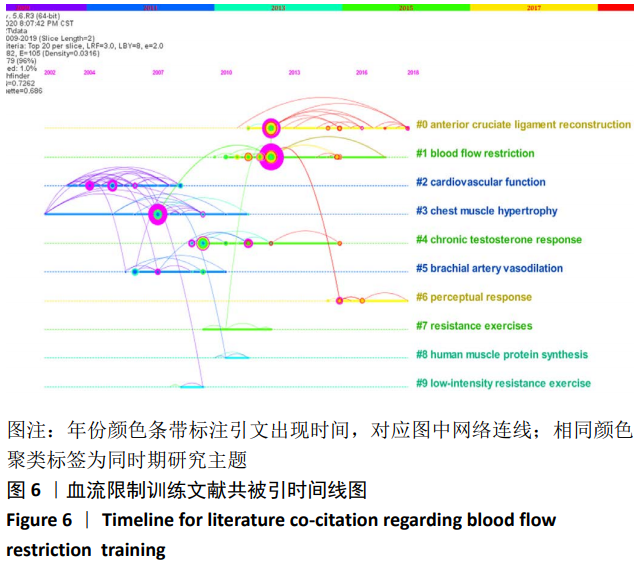[1] 王正珍,罗曦娟,王娟.运动是良医:从理论到实践—第62届美国运动医学会年会综述[J].北京体育大学学报,2015,38(8):42-49, 57.
[2] FUJITA S, ABE T, DRUMMOND MJ, et al. Blood flow restriction during low-intensity resistance exercise increases S6K1 phosphorylation and muscle protein synthesis. J Appl Physiol. 2007;103(3):903-910.
[3] TRAPPE S, TRAPPE T, GALLAGHER P, et al. Human single muscle fibre function with 84 day bed-rest and resistance exercise. J Physiol. 2004;557(2):501-513.
[4] LOENNEKE JP, WILSON GJ, WILSON JM. A Mechanistic Approach to Blood Flow Occlusion. Int J Sports Med. 2010;31(1):1-4.
[5] 魏佳,李博,杨威,等.血流限制训练的应用效果与作用机制[J].体育科学,2019,39(4):71-80.
[6] 吴旸,李倩,包大鹏.加压力量训练对下肢骨骼肌影响的Meta分析[J].中国体育科技,2019,55(3):20-26.
[7] HUGHES L, PATON B, ROSENBLATT B, et al. Blood flow restriction training in clinical musculoskeletal rehabilitation: a systematic review and meta-analysis. Br J Sports Med. 2017;51(13):1003-1011.
[8] PATTERSON SD, HUGHES L, WARMINGTON S, et al. Blood flow restriction exercise position stand: considerations of methodology, application, and safety. Front Physiol. 2019;10:533.
[9] 李新通,潘玮敏,覃华生,等.血流限制训练:加速肌肉骨骼康复的新方法[J].中国组织工程研究,2019,23(15):2415-2420.
[10] 陈悦,陈超美,刘则渊,等.CiteSpace知识图谱的方法论功能[J].科学学研究,2015,33(2):242-253.
[11] 石岩,霍炫伊.体育运动风险研究的知识图谱分析[J].体育科学,2017, 37(2):76-86.
[12] HWANG PS, WILLOUGHBY DS. Mechanisms behind blood flow-restricted training and its effect toward muscle growth. J Strength Cond Res. 2019; 33(7S):S167-S179.
[13] PEARSON SJ, HUSSAIN SR. A review on the mechanisms of blood-flow restriction resistance training-induced muscle hypertrophy. Sports Med. 2015;45(2):187-200.
[14] FRY CS, GLYNN EL, DRUMMOND MJ, et al. Blood flow restriction exercise stimulates mTORC1 signaling and muscle protein synthesis in older men. J Appl Physiol. 2010;108(5):1199-1209.
[15] LAURENTINO GC, UGRINOWITSCH C, ROSCHEL H, et al. Strength training with blood flow restriction diminishes myostatin gene expression. Med Sci Sports Exerc. 2012;44(3):406-412.
[16] LOENNEKE JP, FAHS CA, ROSSOW LM, et al. Effects of cuff width on arterial occlusion: implications for blood flow restricted exercise. Eur J Appl Physiol. 2011;112(8):2903-2912.
[17] SCOTT BR, LOENNEKE JP, SLATTERY KM, et al. Exercise with blood flow restriction: an updated evidence-based approach for enhanced muscular development. Sports Med. 2014;45(3):313-325.
[18] TAKADARA Y, TSURUTA T, ISHII N. Cooperative effects of exercise and occlusive stimuli on muscular function in low-intensity resistance exercise with moderate vascular occlusion. Jpn J Physiol. 2004;54(6):585-592.
[19] TAKANO H, MORITA T, IIDA H, et al. Hemodynamic and hormonal responses to a short-term low-intensity resistance exercise with the reduction of muscle blood flow. Eur J Appl Physiol. 2005;95(1):65-73.
[20] AMERICAN COLLEGE OF SPORTS MEDICINE. American College of Sports Medicine position stand. Progression models in resistance training for healthy adults. Med Sci Sports Exerc. 2009;41(3):687-708.
[21] KARABULUT M, ABE T, SATO Y, et al. The effects of low-intensity resistance training with vascular restriction on leg muscle strength in older men. Eur J Appl Physiol. 2010;108(1):147-155.
[22] DUE U, KLARSKOV N, GRAS S, et al. Pelvic floor muscle training with and without supplementary KAATSU for women with stress urinary incontinence - a randomized controlled pilot study. Neurourol Urodynam. 2019;38(1):379-386.
[23] AMANO S, LUDIN AFM, CLIFT R, et al. Effectiveness of blood flow restricted exercise compared with standard exercise in patients with recurrent low back pain: study protocol for a randomized controlled trial. Trials. 2016; 17:81.
[24] LOPES KG, BOTTINO DA, FARINATTI P, et al. Strength training with blood flow restriction-a novel therapeutic approach for older adults with sarcopenia? A case report. Clin Interv Aging. 2019;14:1461-1469.
[25] HUGHES L, ROSENBLATT B, HADDAD F, et al. Comparing the effectiveness of blood flow restriction and traditional heavy load resistance training in the post-surgery rehabilitation of anterior cruciate ligament reconstruction patients: a UK national health service randomised controlled trial. Sports Med. 2019;49(11):1787-1805.
[26] YOW BG, TENNENT DJ, DOWD TC, et al. Blood Flow Restriction Training After Achilles Tendon Rupture. J Foot Ankle Surg. 2018;57(3):635-638.
[27] 牛严军,乔玉成,范艳芝.加压训练对受试者肌肉形态和功能的影响:Meta分析[J].首都体育学院学报,2020,32(1):25-34, 86.
[28] YASUDA T, OGASAWARA R, SAKAMAKI M, et al. Relationship between limb and trunk muscle hypertrophy following high-intensity resistance training and blood flow-restricted low-intensity resistance training. Clin Physiol Funct Imaging. 2011;31(5):347-351.
[29] MAY AK, RUSSELL AP, WARMINGTON SA. Lower body blood flow restriction training may induce remote muscle strength adaptations in an active unrestricted arm. Eur J Appl Physiol. 2018;118(3):617-627.
[30] BITTAR ST, PFEIFFER PS, SANTOS HH, et al. Effects of blood flow restriction exercises on bone metabolism: a systematic review. Clin Physiol Funct Imaging. 2018. Doi:10.1111/cpf.12512.
[31] CENTNER C, LAUBER B, SEYNNES OR, et al. Low-load blood flow restriction training induces similar morphological and mechanical Achilles tendon adaptations compared with high-load resistance training. J Appl Physiol. 2019;127(6):1660-1667.
[32] KIM J, LANG JA, PILANIA N, et al. Effects of blood flow restricted exercise training on muscular strength and blood flow in older adults. Exp Gerontol. 2017;99:127-132.
[33] SCOTT BR, LOENNEKE JP, SLATTERY KM, et al. Blood flow restricted exercise for athletes: a review of available evidence. J Sci Med Sport. 2016;19(5):360-367.
[34] SHIMIZU R, HOTTA K, YAMAMOTO S, et al. Low-intensity resistance training with blood flow restriction improves vascular endothelial function and peripheral blood circulation in healthy elderly people. Eur J Appl Physiol. 2016;116(4):749-757.
[35] KAMBIC T, NOVAKOVIC M, TOMAZIN K, et al. Blood flow restriction resistance exercise improves muscle strength and hemodynamics, but not vascular function in coronary artery disease patients: a pilot randomized controlled trial. Front Physiol. 2019;10:656.
[36] LARKIN KA, MACNEIL RG, DIRAIN M, et al. Blood flow restriction enhances post-resistance exercise angiogenic gene expression. Med Sci Sports Exerc. 2012;44(11):2077-2083.
[37] FERGUSON RA, HUNT JEA, LEWIS MP, et al. The acute angiogenic signalling response to low-load resistance exercise with blood flow restriction. Eur J Sport Sci. 2018;18(3):397-406.
[38] MONTGOMERY R, PATERSON A, WILLIAMSON C, et al. Blood flow restriction exercise attenuates the exercise-induced endothelial progenitor cell response in healthy, young men. Front Physiol. 2019;10:447.
[39] RENZI CP, TANAKA H, SUGAWARA J. Effects of leg blood flow restriction during walking on cardiovascular function. Med Sci Sports Exerc. 2010; 42(4):726-732.
[40] PINTO RR, KARABULUT M, POTON R, et al. Acute resistance exercise with blood flow restriction in elderly hypertensive women: haemodynamic, rating of perceived exertion and blood lactate. Clin Physiol Funct Imaging. 2016;38(1):17-24.
[41] LOENNEKE JP, WILSON JM, WILSON GJ, et al. Potential safety issues with blood flow restriction training. Scand J Med Sci Sports. 2011;21(4):510-518.
[42] PAIVA FM, VIANNA LC, FERNANDES IA, et al. Effects of disturbed blood flow during exercise on endothelial function: a time course analysis. Braz J Medi Biol Res. 2016;49(4):e5100.
[43] JENKINS NT, PADILLA J, BOYLE LJ, et al. Disturbed blood flow acutely induces activation and apoptosis of the human vascular endothelium. Hypertension. 2013;61(3):615-621.
[44] SPRANGER MD, KRISHNAN AC, LEVY PD, et al. Blood flow restriction training and the exercise pressor reflex: a call for concern. Am J Physiol Heart Circ Physiol. 2015;309(9):H1440-H1452.
[45] NASCIMENTO DDC, PETRIZ B, OLIVEIRA SDC, et al. Effects of blood flow restriction exercise on hemostasis: a systematic review of randomized and non-randomized trials. Int J Gen Med. 2019;12:91-100. |
